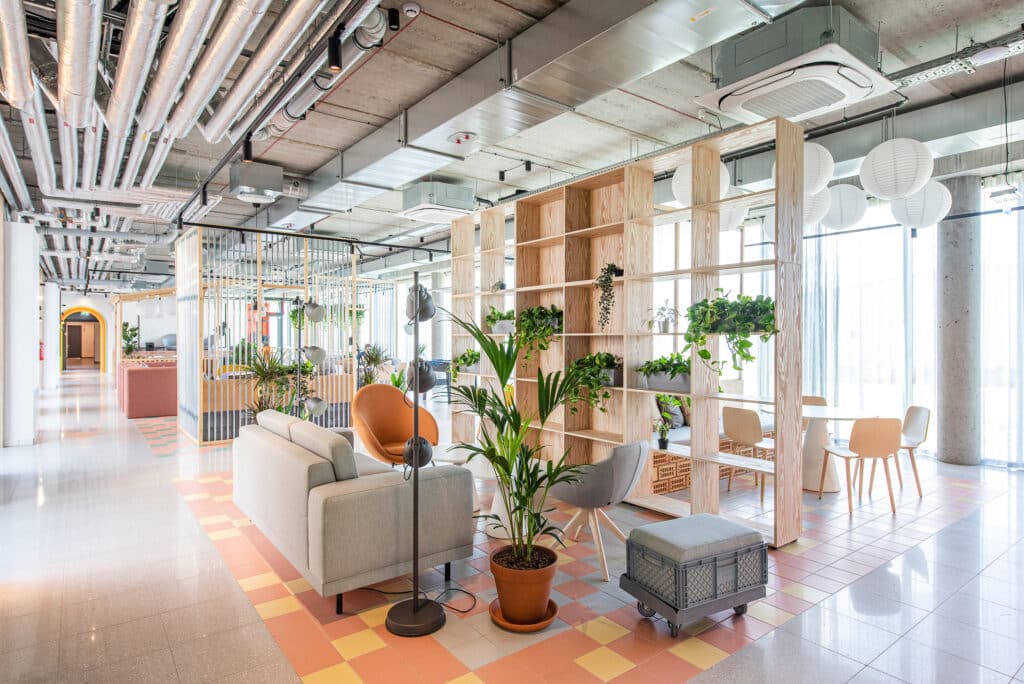
In recent years, the concept of co-living has gained significant traction as an innovative and contemporary housing solution. Co-living spaces, often referred to as “co-housing” or “shared living,” are designed to foster a sense of community among residents. This modern housing trend transcends traditional living arrangements, providing individuals with a unique blend of privacy, social interaction, and shared amenities. This article delves into the world of co-living spaces, exploring the reasons behind their popularity and the benefits they offer to residents.
Definition of Co-living Spaces:
Co-living spaces are communal living arrangements where individuals or small groups share a living space, such as an apartment or a house, with shared common areas. These spaces are meticulously designed to encourage social interaction and collaboration while providing each resident with a private living space co-living. Unlike conventional housing, co-living spaces emphasize the importance of community, connection, and shared experiences.
Key Features of Co-living Spaces:
- Shared Living Areas: Co-living spaces typically feature communal living areas such as kitchens, dining spaces, and lounges. These shared spaces promote a sense of community and encourage residents to interact and collaborate.
- Private Bedrooms: Residents have their own private bedrooms, providing a balance between personal space and shared living. This allows individuals to retreat to their own space when needed while still being part of a vibrant community.
- Amenities and Services: Co-living spaces often offer a range of amenities and services, such as cleaning, maintenance, and community events. These perks contribute to a hassle-free living experience, allowing residents to focus on building connections and pursuing their interests.
- Diverse Communities: Co-living spaces attract individuals from diverse backgrounds, fostering a rich tapestry of cultures, professions, and interests within the community. This diversity enhances the overall living experience and encourages a broad exchange of ideas.
Reasons for the Rise of Co-living Spaces:
- Affordability: Co-living spaces can be a more affordable housing option, particularly in expensive urban areas where living costs are high. Shared expenses for utilities and common services make co-living an attractive choice for those seeking cost-effective accommodation.
- Social Connection: In an increasingly digital age, co-living spaces provide a remedy to social isolation. Residents have the opportunity to build meaningful connections, share experiences, and create a supportive network of friends.
- Flexibility: Co-living arrangements often come with flexible lease terms, allowing individuals to avoid the commitment of long-term rentals. This flexibility is particularly appealing to young professionals, digital nomads, and individuals in transitional phases of their lives.
- Convenience: The convenience of having shared amenities and services simplifies the daily lives of residents. From housekeeping to community events, co-living spaces strive to enhance convenience and create a comfortable living environment.
Conclusion:
Co-living spaces represent a paradigm shift in the way people approach living arrangements. By blending individual privacy with a sense of community, these spaces address the evolving needs and preferences of modern society. As the demand for alternative housing solutions continues to grow, co-living spaces are likely to play a pivotal role in shaping the future of urban living, offering a unique and enriching experience for those who choose to embrace this innovative lifestyle.